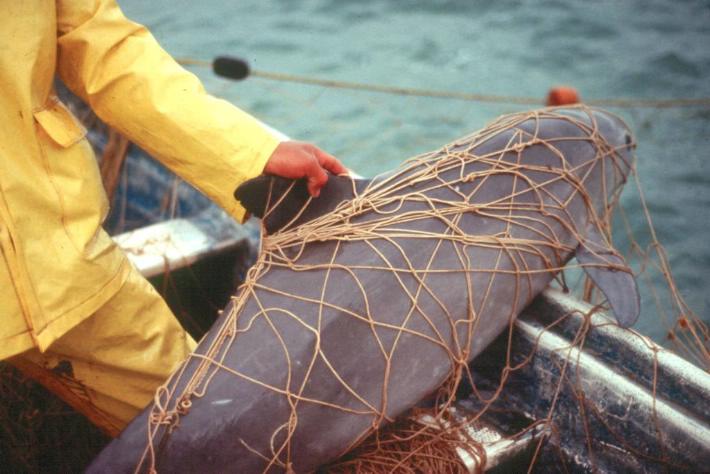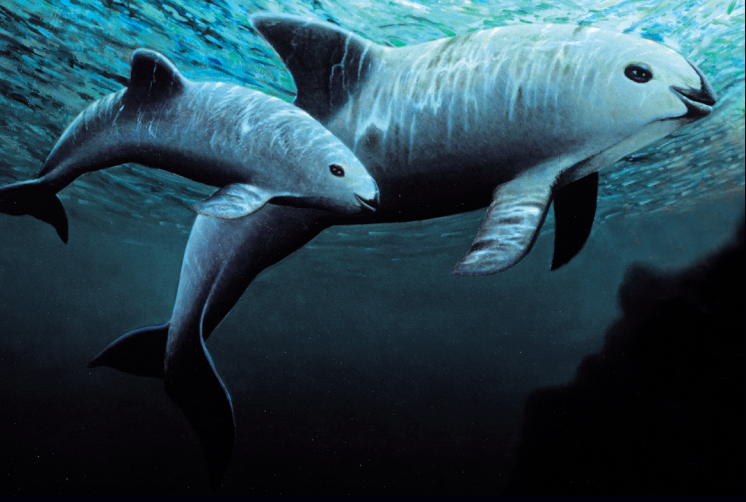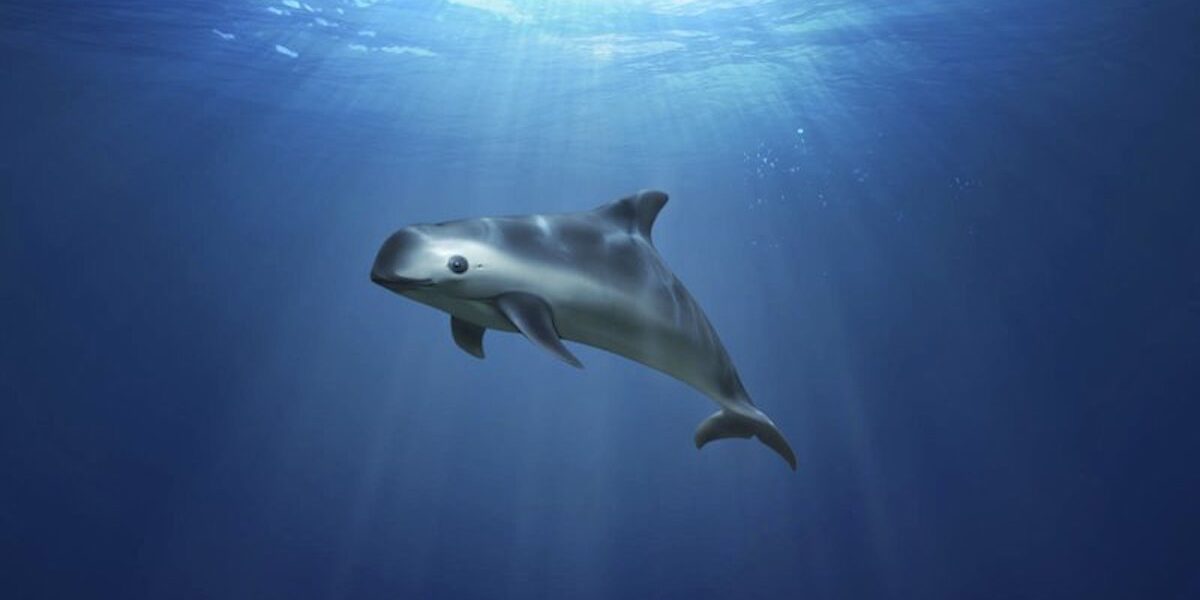No one set out to make the vaquita go extinct exactly. It was no one’s target species. It is not intentionally caught in the gillnets that plague its tiny range in the northern Gulf of California. But it is, thanks to both the legal shrimp gillnet fisheries and the illegal take of Totoaba, the Chinese demand for this highly prized endangered fish species for which coincides with accelerating loss of vaquita. Thus, this beautiful little porpoise is heading in the wrong direction. Very fast.
Each year around this time, the International Committee for the Recovery of the Vaquita undertakes a formal count of the vaquita. The study records the species’ echolocations with devices dropped into the waters of their home range. Based on what they hear over time, the scientists estimate changes in the population. From 2011 to 2013, the committee suspected that vaquita numbers were dropping at an average rate of 18.5 percent per year-not an encouraging statistic by any means. And the working number for last summer was about 97 individuals left. Sadly, the news is worse this year. The expectation is that when the data is all in, the estimated population of the vaquita will be just about 50 individuals, a drop of 42% in one year!
This is not the first time I have written about the vaquita and the need for action, not study, to save it. It is a species that I have been working to protect since 1997. As we watched the numbers drop, many in the ocean conservation community pleaded on the vaquita’s behalf. The gillnets needed to be banned from the vaquita reserve and the vaquita’s range from the first moment they were observed to cause by-catch of the world’s smallest cetacean. The vaquita reserve needed to be better protected from intruders. There were (and are) those who held out for more study, for slower solutions, and for careful implementation of new fishing gear options. The options are not bad-or would not have been 10 years ago. But now? Or at any time in the past two years? It has been painfully obvious that what the vaquita needed and needs, and will need, if there are any left to protect.
 On April 15, 2015, after delaying for months, Mexican President Enrique Peña Nieto announced his Program on the Comprehensive Care of the Upper Gulf. The program expands the Vaquita Refuge to encompass their entire range. It temporarily suspends for two years the use of gill nets for catching shrimp and most finfish; provides financial compensation to fishermen and other workers in the shrimp, finfish, and shark fisheries; and in theory, enhances surveillance and enforcement efforts by the Mexican Navy, Procuraduría Federal de Protección al Ambiente (PROFEPA), and the National Commission of Aquaculture and Fishing (CONAPESCA). The only exception to gillnet fishing is for curvina (Cynoscion othonopterus), which are fished from February 1st to April 30th. The program calls for collective and cooperative action by the states of Sonora and Baja California and multiple federal entities.
On April 15, 2015, after delaying for months, Mexican President Enrique Peña Nieto announced his Program on the Comprehensive Care of the Upper Gulf. The program expands the Vaquita Refuge to encompass their entire range. It temporarily suspends for two years the use of gill nets for catching shrimp and most finfish; provides financial compensation to fishermen and other workers in the shrimp, finfish, and shark fisheries; and in theory, enhances surveillance and enforcement efforts by the Mexican Navy, Procuraduría Federal de Protección al Ambiente (PROFEPA), and the National Commission of Aquaculture and Fishing (CONAPESCA). The only exception to gillnet fishing is for curvina (Cynoscion othonopterus), which are fished from February 1st to April 30th. The program calls for collective and cooperative action by the states of Sonora and Baja California and multiple federal entities.
Sadly, by the time the Mexican government finally acted, the loss of vaquita had accelerated. And the announcement was not followed by sufficiently aggressive enforcement or protection of vaquita. And had the ban been implemented three years ago, and aggressively enforced, we might not be looking at the last years of the vaquita. And it breaks my heart, because we have understood the threats to the vaquita for more than two decades. We have known this small rare creature needed every protection we could put in place to survive. And the will wasn’t there when there were just 567 left in 1997, and it doesn’t seem to be really there now. I fervently hope that we can save the vaquita, that it will not follow the other marine species we have watched go extinct in my lifetime. I hope even more that we learn that countless meetings held with good intentions will not save species at great risk, nor solve urgent problems. We must act to protect and enforce those protections-and while the species is safe, we can figure out how to manage human activities in harmony with the needs of these special animals and the reserves we create to protect them.







